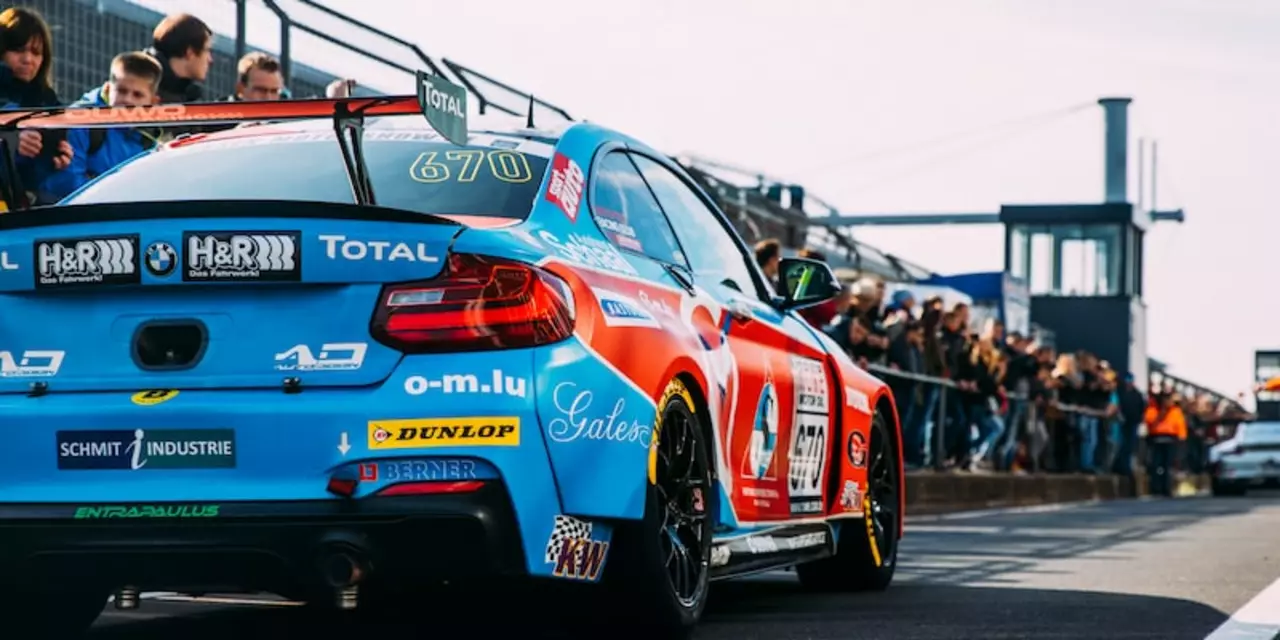Physical: The Core of Motorsports Performance
When you hear "physical" in racing, you might picture a driver’s workout or the raw power of an engine. Both matter, and they’re linked – a fit driver gets more out of a fast car. This page breaks down the key physical pieces that shape every lap, from the cockpit to the garage.
Driver fitness – why it matters
Racing isn’t just about skill; it’s a full‑body challenge. A typical race lasts up to two hours, and drivers sit in high‑G corners that push neck, core, and legs to the limit. Simple exercises like neck bridges, planks, and cardio let them handle the forces without fatigue. When a driver’s heart rate stays steady, reaction times stay sharp, and mistakes drop.
Most teams schedule daily workouts that blend strength and endurance. A good rule of thumb: spend 45‑60 minutes in the gym, then add 30 minutes of mental drills. Hydration and nutrition also play a huge role; skipping water or eating sugary snacks can sap energy just as fast as a bad corner.
Car performance – the physical side of machinery
Cars are physical objects, and every component follows the laws of physics. Suspension geometry, tire pressure, and weight distribution decide how a car hugs the racing line. Teams use wind‑tunnel data and real‑time telemetry to fine‑tune these numbers, turning raw power into usable grip.
Even the driver’s seat is designed with physics in mind. A well‑shaped seat keeps the driver’s body in the optimal position, reducing fatigue and improving control. Materials like carbon fiber keep weight low while staying strong – a classic trade‑off between speed and safety.
When you read a race recap, you’ll see terms like “hard tackling” in football, but in motorsports it’s about braking distances and corner entry speed. Knowing the car’s physical limits helps drivers push “just a bit more” without breaking tires.
Beyond the track, travel and schedule add physical strain. Jet lag, long garage days, and constant movement can wear down a driver’s body. Teams now include physiotherapists and sports psychologists to keep the whole crew at peak performance.
So whether you’re a fan, a budding journalist, or an aspiring driver, paying attention to the physical side of motorsports gives a clearer picture of what makes a win possible. From sweat‑filled gym sessions to the millimetre‑precise set‑up of a chassis, it’s all about turning raw power into consistent speed.
Check out our other posts tagged "physical" for training plans, car set‑up tricks, and injury‑avoidance tips. Stay strong, stay fast, and keep the passion rolling.
